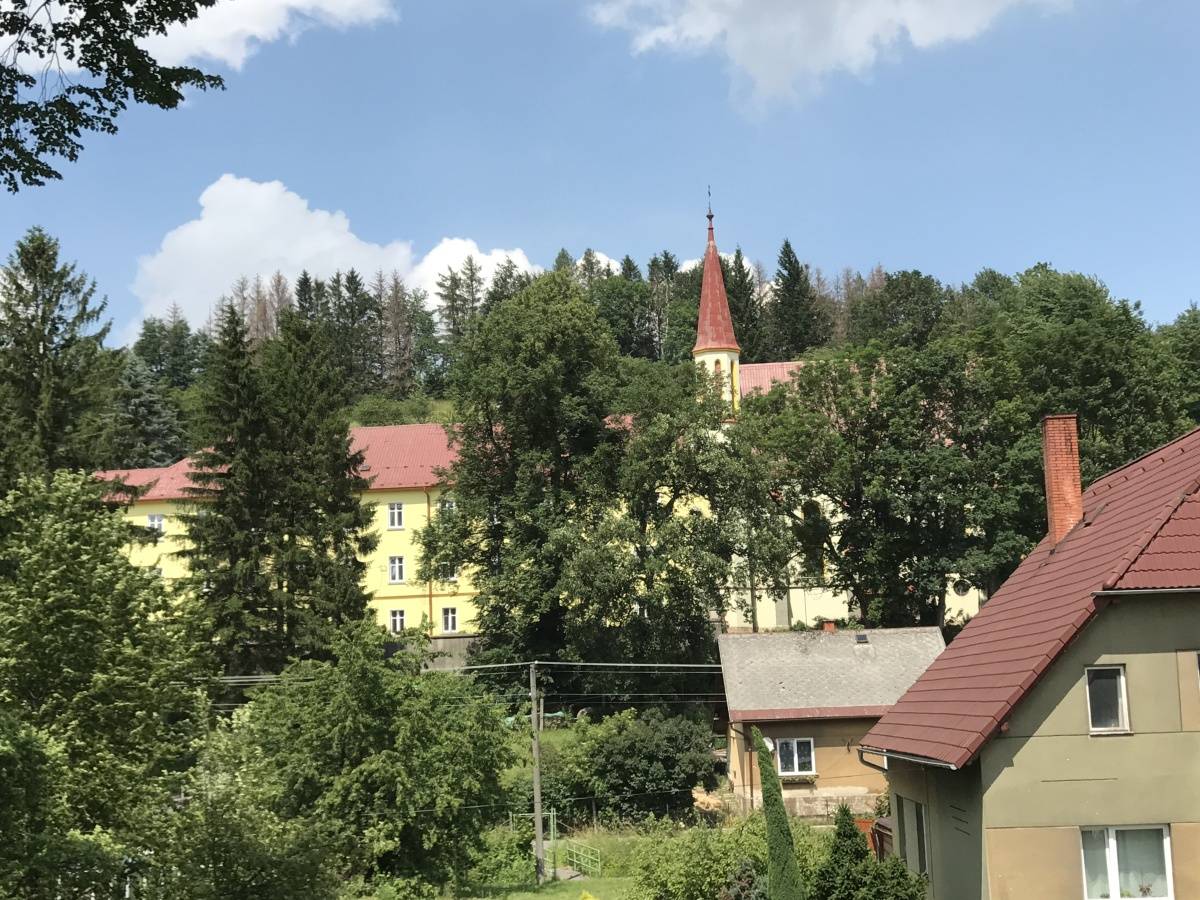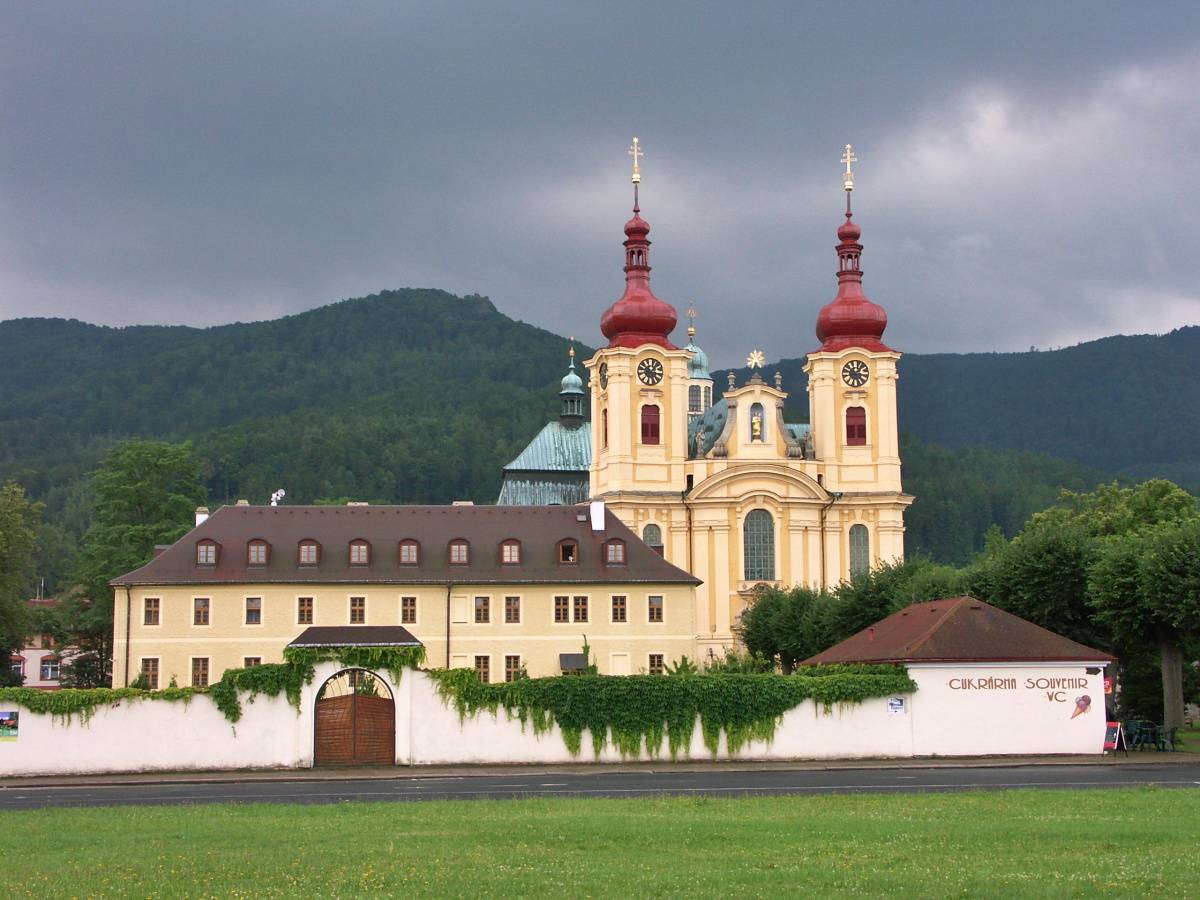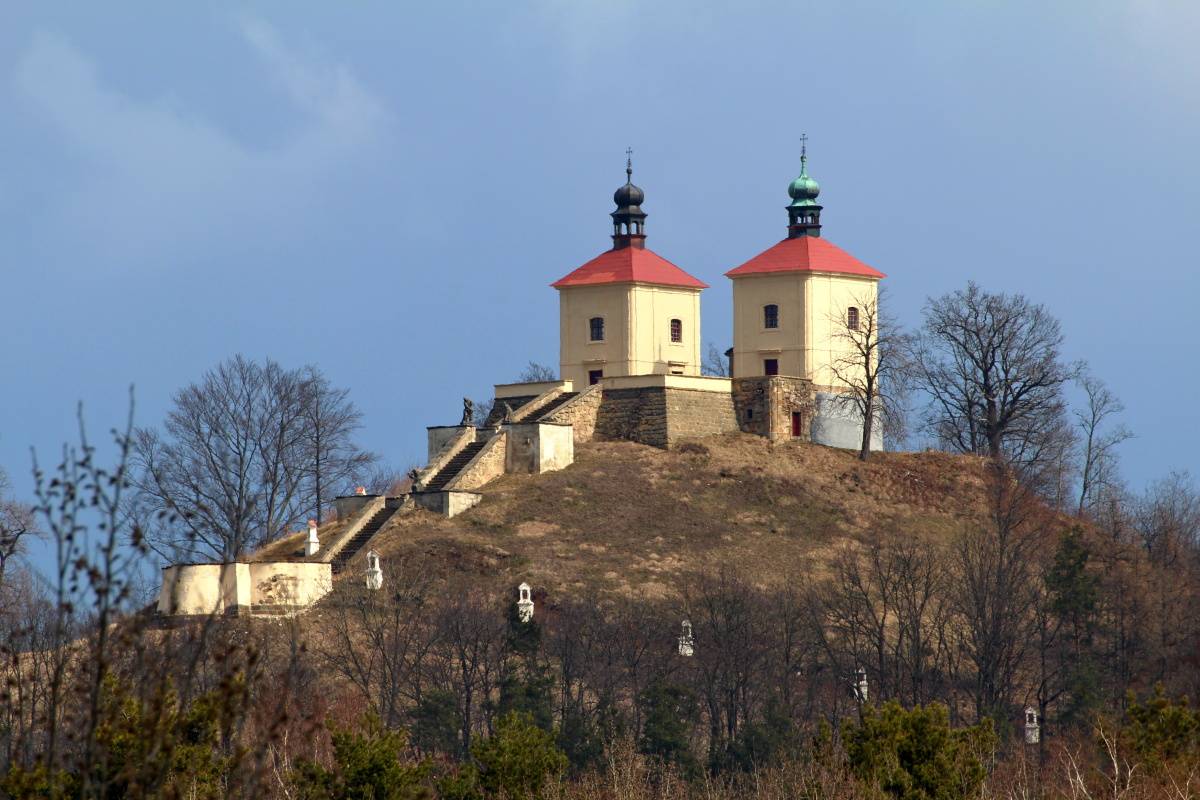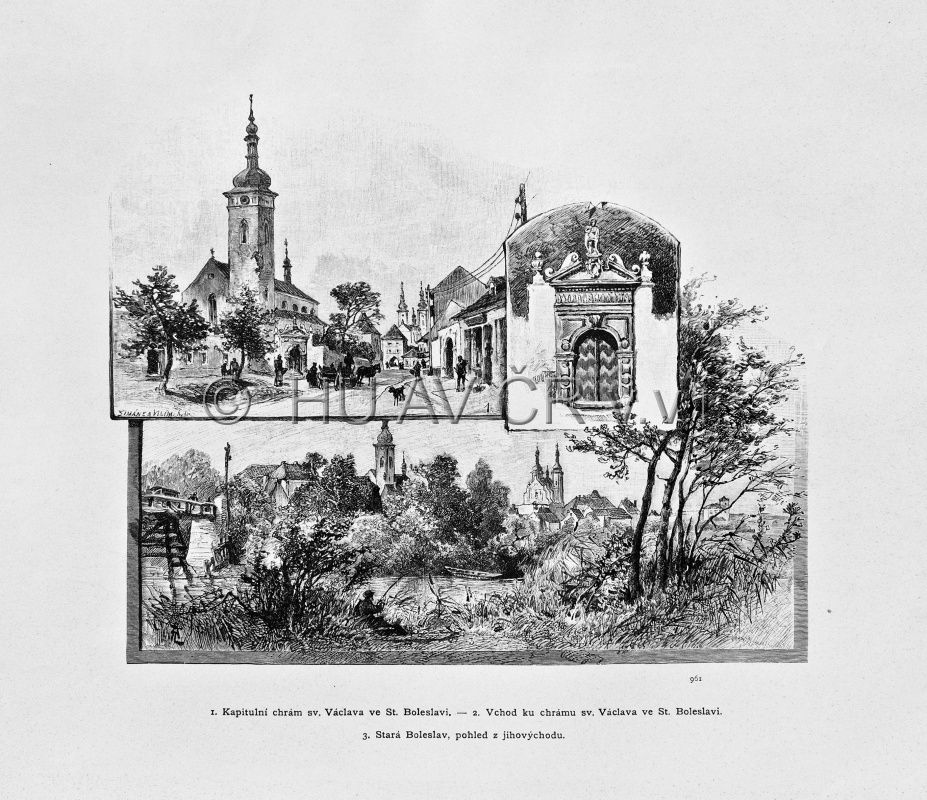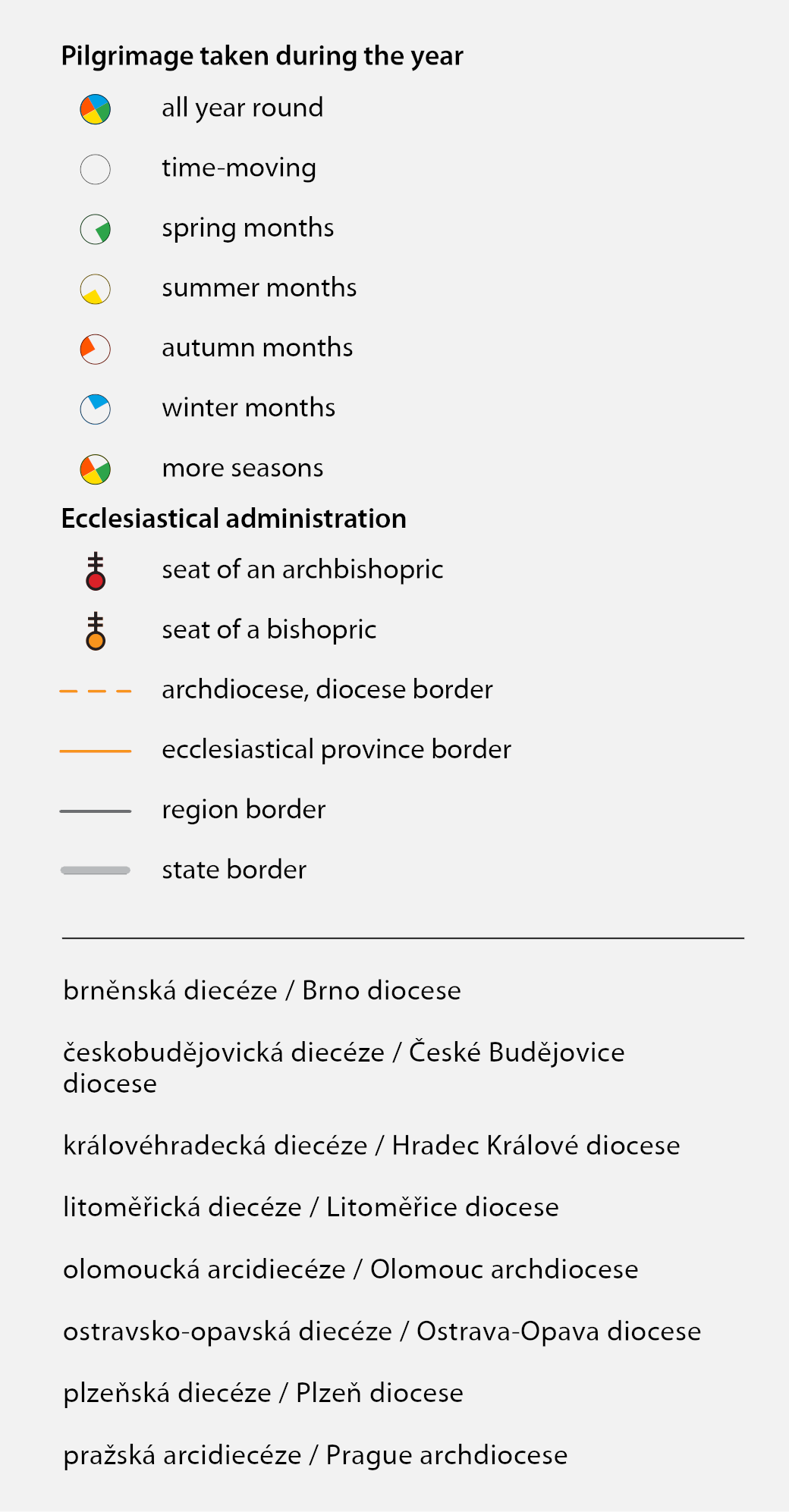
Religion and Faith
Along with the language, religion is perceived as one of the key elements of cultural diversity in the world. It is defined by the expression of life experience and the related behaviour and conduct based on the belief in the existence of a God or gods, symbols of something transcendent. Religion strongly affects the world-view system, the scale of values and the political, demographic and socio-economic development of the regions. This is why it has played somewhat contradictory role in the history of the mankind and the nations, standing at the birth of many clashes and conflicts – no religion exists in isolation from the other religions. Nonetheless, all religions contain a potential for legitimisation of violence as well as peaceful coexistence.
Since antiquity, the European space and thus the Czech Lands have been a ground for the meeting and fragmentation of religious and philosophical attitudes thanks to their geopolitical position and cultural diversity. This fact led to a series of reformatory ecclesiastical movements and activities of minority religious movements as it is documented in Section A dedicated to the religious faiths.
The Czech Lands are traditionally connected with activities and dominance of the Roman Catholic Church, which is therefore the centre of interest in Section B aimed at ecclesiastical administration. Moreover, the transformations in this ecclesiastical administration reflect the development of the residential structures and importance of the individual regional culture centres.
All world religions are characterized by pilgrimages to the sacred sites as a proof of interconnection of the time, space and faith and as a part of the experienced cultural tradition. Some of these sacred sites are visited at a greater extent and are thus referred to as “pilgrimage sites”. Their important role cannot be forgotten in the cultural landscape where the sacral objects often bear witness to the life of the community, also chronologically, when the original settlement has vanished. Maps in Section C are thus dedicated to the pilgrimage sites.
Jan D. Bláha
Subchapters:
- Religious situation until 1918
- Religious situation since 1918
- Ecclesiastical Adm. until 1918
- Ecclesiastical Adm. since 1918
- Pilgrimages
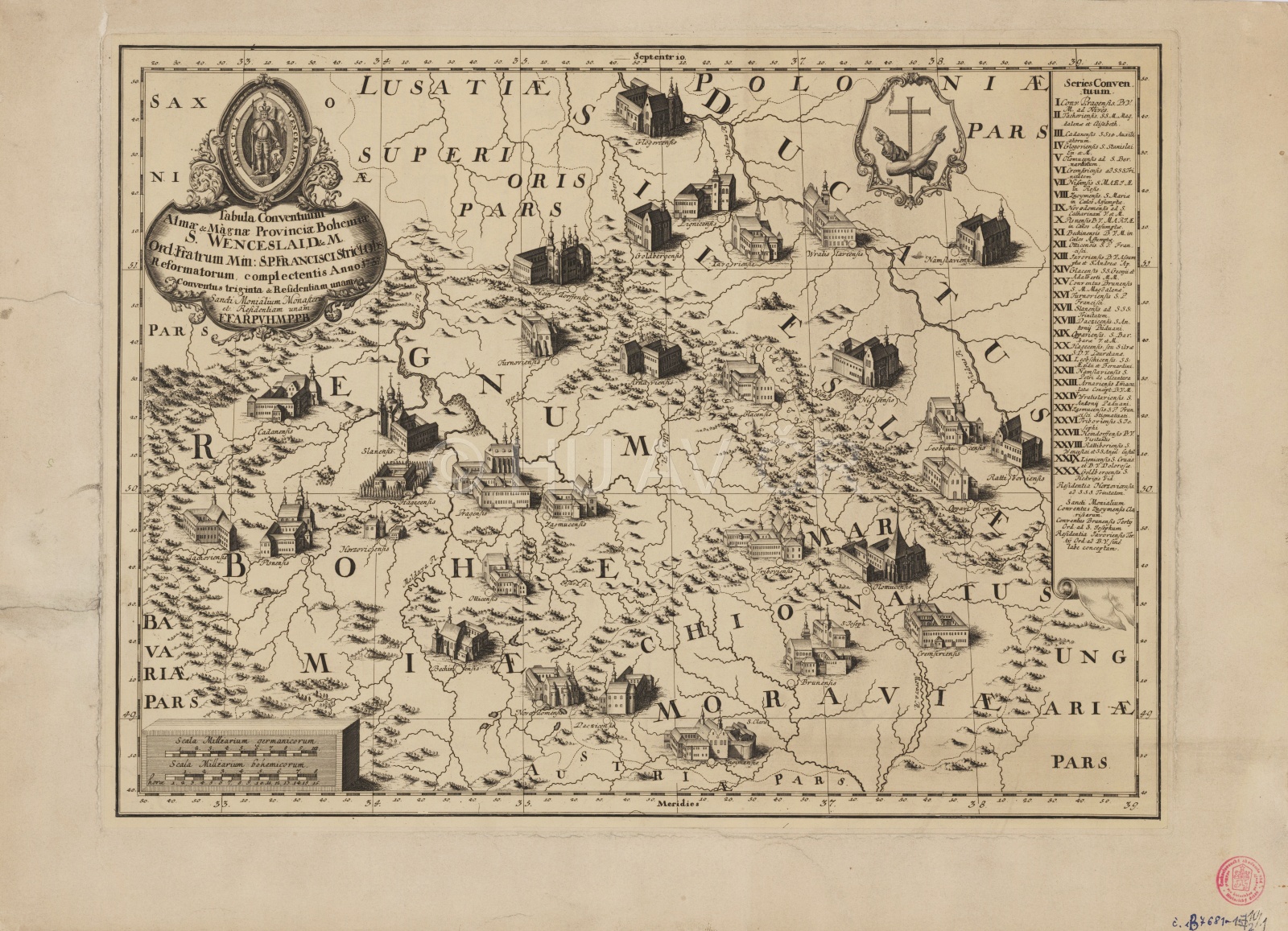
Franciscan monasteries in the Czech Lands (1737). Map Collection of the Institute of History, CAS. Map display
Authors
historians: Kateřina Bobková-Valentová, Jaroslav Boubín, Miroslav Herold, Eva Chodějovská, Dalibor Janiš, Pavel Kůrka, Jiří Mikulec, Eva Semotanová, Jaroslav Šebek
geographers: Jan D. Bláha, Tomáš Burda, Zdeněk Kučera, Silvie R. Kučerová
cartographers: Petra Jílková, Jan D. Bláha, Jiří Cajthaml, Tomáš Janata, Pavel Seemann
digital atlas: Tomáš Janata, Petra Jílková, Jiří Krejčí, Jitka Močičková, Eva Semotanová
team of authors
References
Boháč, Z.: Atlas církevních dějin českých zemí 1918–1999. Kostelní Vydří 1999;
Bowker, J. (ed.): The Oxford dictionary of world religions. Oxford 1999;
Lane, T.: Dějiny křesťanského myšlení. Praha 1999;
Lužný, D.: Posvátná země – místo náboženského soužití nebo konfliktů?, Geografické rozhledy 29, č. 3, 2020, s. 16–19;
Schulze Wessel, M. – Zückert, M. (eds.): Handbuch der Religions- und Kirchengeschichte der böhmischen Länder und Tschechiens im 20. Jahrhundert. München 2009; Suchánek, D. – Drška, V.: Církevní dějiny. Antika a středověk. Praha 2013;
Suchánek, D. – Drška, V.: Církevní dějiny. Novověk. Praha 2018.
Links
Centrum pro výzkum v kulturní a historické geografii, dostupné z http://web.natur.cuni.cz/ksgrrsek/kuhig/, [ověřeno 20. 3. 2020].;
Církevní turistika – poutní místa, dostupné z https://www.cirkevnituristika.cz/poutni-mista/, [ověřeno 20. 3. 2020].;
Poutní místa na Moravě a ve Slezsku, dostupné z http://poutni.ado.cz/, [ověřeno 20. 3. 2020].
